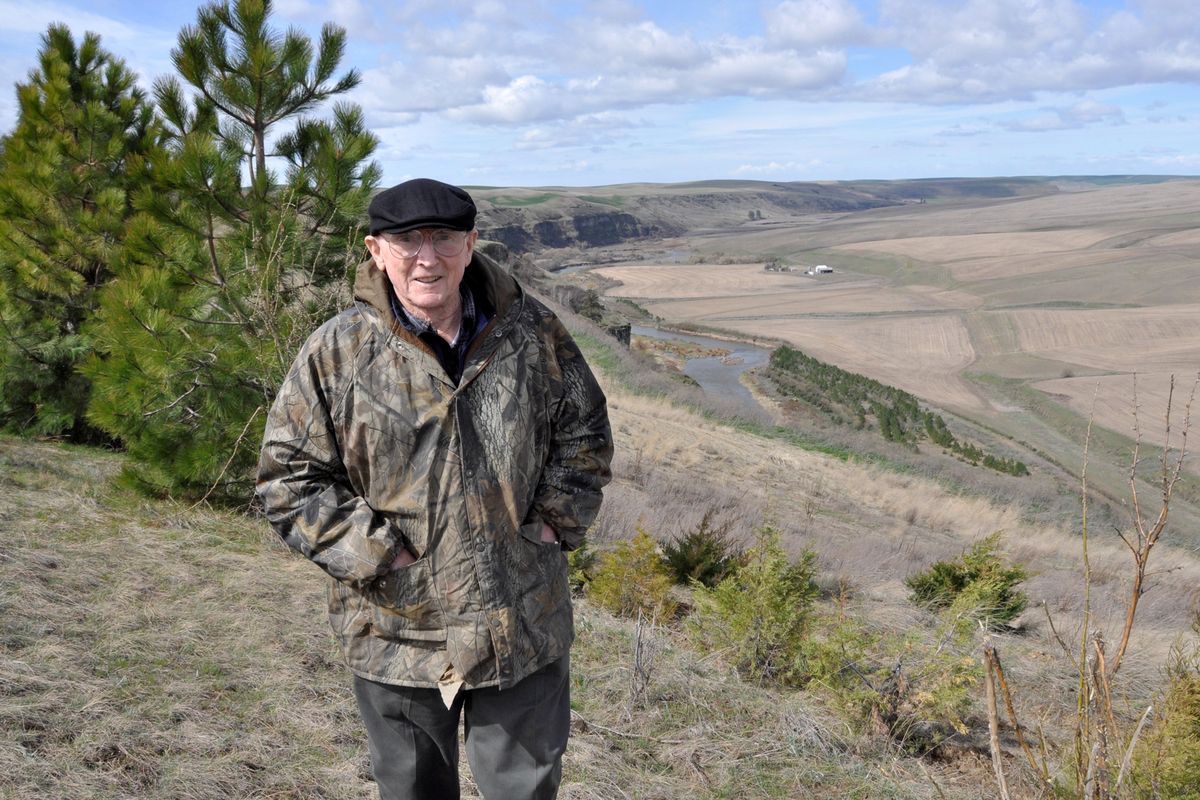2013 outdoors: In the spotlight

Landowner grows wildlife
Robert Zorb is honored by several conservation groups for making wildlife a primary crop on the 10,000 acres he controls in Whitman and Asotin counties. Zorb, 82, estimates he’s planted 150,000 trees on the farm and ranch land “and I’m not finished,” he said.
Gun frenzy pays dividend
State fish and wildlife agencies across the country benefit from the unprecedented spike in firearms sales spurred by President Obama’s re-election.
Pittman-Robertson taxes on guns and ammo are earmarked for wildlife habitat conservation and hunter safety programs.
Glacier ranger vital at 93
Lyle Ruterbories finishes his 20th season as Glacier National Park’s ranger at Kintla Lake Campground. Prior to that, he’d been a volunteer campground host with his late wife Marge Ruterbories since the late 1980s. He’s contemplating retirement from his seasonal park job this winter – as he builds a sun room for his winter home in Colorado.
Paddlers go up Columbia
Voyages of Rediscovery guides paddled dugout canoes 1,243 miles up the length of the Columbia River from Astoria, Ore., to Canal Flats, British Columbia, to promote revising the Columbia River Treaty to be more salmon-friendly, including the possibility of a fish ladder over Grand Coulee Dam.
The Sea to Source expedition in some stretches included Native American students who had helped build the canoes.
Critter trends to watch:
• Starfish dead by the hundreds on the West coast alert marine scientists to a disease that causes the creatures to lose their arms and disintegrate.
• Exotic deer lice concern scientists as the growing infestation appears to be killing Columbian black-tailed and mule deer and recently turned up in Nevada. The infestation appeared in the mid-1990s and has been on the rise, especially in Oregon, Washington, California and New Mexico.
• Mule deer decline continues in the West. Montana decides to eliminate most muley doe tags.
• All bighorn sheep in the Tieton herd are euthanized in the Naches area of Washington to stop the spread of disease to neighboring herds. After dozens of bighorns died from a pneumonia outbreak over several years, wildlife officials shoot about 90 remaining sheep.
• Declining moose puzzle biologists across the country, spurring the most expensive moose research projects ever undertaken in Minnesota and Montana. Washington hasn’t detected decline, but start putting radio collars on moose for study.